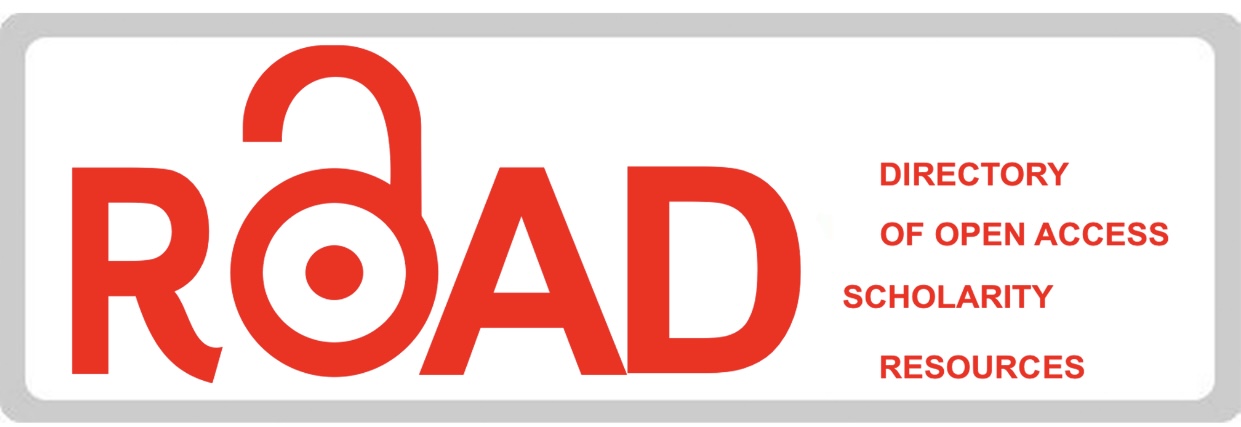Implementasi Program Lahan Pertanian Pangan Berkelanjutan (LP2B) Kabupaten Karawang: Studi Kasus Penetapan Luas Baku Sawah
Downloads
Lahan pertanian pangan berkelanjutan sebuah kebijakan yang dalam implementasinya terkendala komitmen politik stakeholders dan kesiapan petani. Di tataran teknis fase awalnya terkendala analisis spasial. Tulisan mencoba mendeskripsikan secara kualitatif kendala yang dihadapi untuk menetapkan sawah sebagai obyek LP2B dan mencoba memberikan solusi apa yang harus dilakukan secara sistematis.
Sustainable food agriculture land is a policy which is constrained in its implementation due to the political commitment of stakeholders and farmers' readiness. At the technical level the initial phase is constrained by spatial analysis. The article tries to describe qualitatively the obstacles faced in establishing rice fields as objects of LP2B and trying to provide solutions to what must be done systematically.
Ahmad Nurmandi. (2015). Manajemen Perkotaan Teori Organisasi. Perencanaan. Perumahan. Pelayanan. dan Transportasi mewujudkan Kota Cerdas. Penerbit JK School of Government UMY.
Amir Santoso. (1988). Analisis Kebijakan Publik. Jurnal Ilmu Politik Nomor III. Jakarta. PT. Gramedia
Barlowe. R.. (1978).Land Resource Economics. Prentice Hall Inc.. Englewood Cliffs. N. J..
Black. (2002) .A Dictionary of Economics. Oxford University Press.
Bappenas. (2016). Evaluasi pelaksanaan Lahan Pertanian Pangan Berkelanjutan (LP2B) Direktorat Pangan dan Pertanian
Butar-butar. E.G.V. (2012). Analisis Faktor-faktor Konversi Lahan Sawah irigasi Teknis di Provinsi Jawa Barat. Departemen Ekonomi Sumberdaya dan Lingkungan. Fak. Ekonomi dan manajemen-IPB. Bogor. (in Indonesian).
Carol H. Weiss. (1977). Research For Policy's Sake: The Enlightenment Od Social Science Research. Policy Analysis 3. 4. pp. 531-45.
Chapin. F.S and J. Kaiser.(1979). Urban Land Use Planning. Chicago : University of Chicago Press.
Daniel A. Mazmanian dan Paul A.Sabatier. (1983). Implementation and Public Policy IIIinois: Scott Foresman and Company.
Dwijowijoto.RiantNugroho.(2003).KebijakanPublikFormulasi.Implementasi.danEvaluasi. Jakarta:Elex Media Komputindo
George C. Edward III. (1980). Implementing Public Policy. Congressional Quarterly Inc.1980. Washington D.C
Hadiwinata et al.. (2014). Legal Politics of License Regulation in the Conversion of Agricultural Soil to Non-Agricultural in the Era of Regional Autonomy. Academic Research International Vol. 5(4) page 494-502. SSN: 2223-9944. eISSN: 2223-95533
Harold D. Laswell. Abraham Kaplan. (1970). Power and Society. New Haven: Yale University Press.
Irfan Islamy.M . (1994). Kebijakan Negara. Bumi Aksara. Jakarta
Lester. James P. dan Joseph S. Jr. 2000. Public Policy: An Evolutionary Approach. Belmont: Wadsworth.
Monkkonen P. (2013).Urban land-use regulations and housing markets in developing countries: Evidence from Indonesia on the importance of enforcement. Land Use Policy 34: 255– 264.
Mulyono Sedyohutomo.(2008).Manajemen Kota dan Wilayah : Realita dan Tantangan. Jakarta Bumi Aksara
Philip Mahwood. (1983) Decentralization : The Concept and The Practice. dalam Philip Mahwood (Ed). 1983. Local Government in The Third World. Coinchester : John Wiley & Son
Purbiyanti. E.. Yazid. M.. & Januarti. I. (2017). Konversi lahan sawah di Indonesia dan pengaruhnya terhadap kebijakan Harga Pembelian Pemerintah (HPP) gabah/beras. Jurnal Manajemen & Agribisnis. 14(3). 209–217.
Reza Tri Pramudita. (2015). Pengaruh Rebranding Dan Negara Asal Terhadap Kredibilitas Atas Merek. Skripsi thesis. UNIVERSITAS AIRLANGGA.
Rustiadi E. (2001). Alih Fungsi Lahan dalam Perspektif Lingkungan Perdesaan. Lokakarya Penyusunann Kebijakan dan Strategi Pengelolaan Lingkungan Kawasan Perdesaan. Bogor. 10-11 Mei 2001.
Rustiadi. et.al. (2011). Perencanaan dan Pengembangan Wilayah. Jakarta: Crestpent Press.
Zhu J. Simarmata HA. (2015). Formal land rights versus informal land rights: Governance forsustainable urbanization in the Jakarta metropolitan region.Indonesia. Land Use Policy 43: 63–73.
All articles submitted by the author and published in the Jejaring Administrasi Publik are fully copyrighted to their authors under the Creative Commons Attribution-ShareAlike 4.0 International License. The formal legal aspect of journal publication accessibility refers to the Creative Commons Attribution-ShareAlike (CC BY-SA).
















